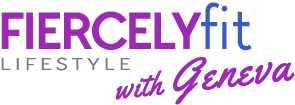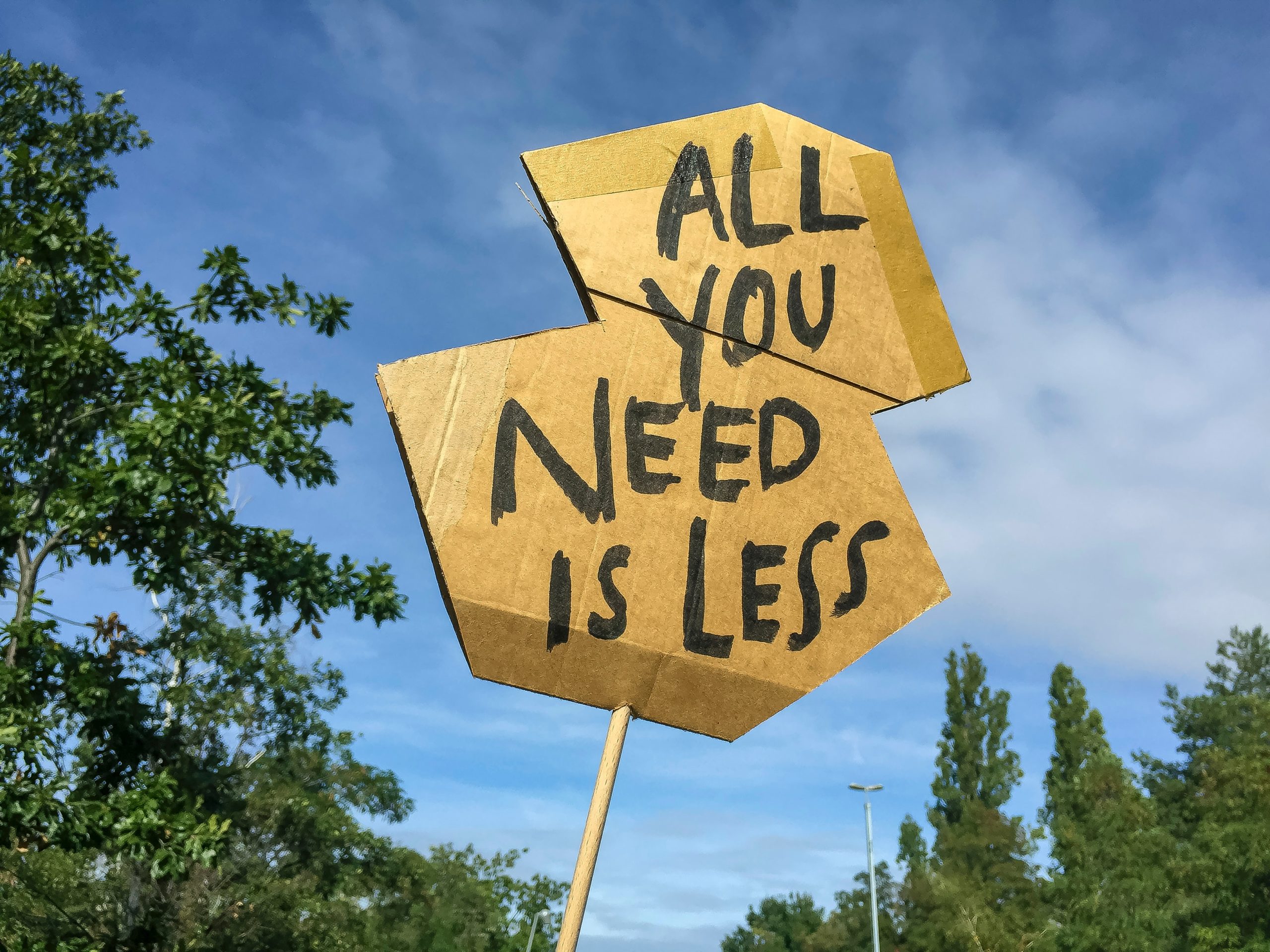“More is not better. Better is better. Do it Better before you do MORE”
I used to say this a lot when I taught fitness classes because I could see that many people believed that in order to make progress faster, they would need to keep doing more and more. It’s true in exercise that we want to challenge ourselves and overload our muscles with enough resistance if we want to get stronger, but we also need to make sure we are able to keep the proper form and technique with the added resistance to make sure we are doing the exercise safely and effectively.
I would never load a client who is a beginner up with a ton of resistance because they would lack the proper foundation to handle the added weight. Working on the fundamentals in exercise is challenging enough for someone just starting to exercise.
The same is true in business. When I first started out on my self-employment journey, I wasted so much money on training classes and programs that were supposed to help me grow my business. What ended up happening is that I started doing so many different things that my main source of income was beginning to suffer.
I started to notice that successful business owners were not running around town to drum up business nor were they spread too thin trying to enact million different ideas. True, successful business owners may have had diversified offerings but they generally had one main bread and butter revenue stream that they focused on and expansion often happened after years of mastery in their bread and butter revenue streams.
My suspicions were confirmed when one of my successful clients gave me a copy of an essay that she read in the Wall Street Journal, How to Succeed in Business? Do Less by Morten T. Hansen. (Source Wall Street Journal)
“At work, this principle means that we should seek the simplest solutions — that is, the fewest steps in a process, fewest meetings, fewest metrics, fewest goals, and so on, while retaining what is truly necessary to do a great job. I usually put it this way: As few as you can, as many as you must.”
We see this principle with successful fast-food chains like In-N-Out and Chick-Fil-A. In-N-Out does burgers and fries. Chick-Fil-A does chicken and never shall the two meet. Even with limited offerings, both chains are extremely successful. In-N-Out grossed over $600 Million in sales. Chick-Fil-A earned $4.3 BILLION in revenue during the 2020 pandemic (Source: Restaurant Finance Monitor)
The Law of Diminishing Returns
In Economics the principle of The Law of Diminishing Returns says that at any given stage of technological advance and increase in productive factors (as labor or capital) applied beyond a certain point fails to bring about a proportional increase in production (Source: Merriam Webster)
In plain speak that means that after a certain point, doing more isn’t going to bring you more results. Another way to look at it is that at some point the more you do, the less productive you are. Doing more will not get better results. In fact, the results may get even worse. We see this in Business quite frequently when a company expands too quickly.
In Fitness this is called overtraining. When people continue to exercise excessively without adequate rest, they do not have optimal results. Their bodies begin to break down due to the increased workload and their performance begins to suffer.
At some point, we have to recognize that the answer is not MORE and we need to take a step back and ask ourselves why we like to pile it on.
Why do we like to pile it on?
Perhaps one of the few good things about the 2020 pandemic was that most people got still enough to evaluate if all that they were doing was actually effective and worthwhile. Talking with friends, clients, and on social media, we all realized a lot of us had busy lives that prevented us from connecting with others the way we would like, and also perhaps what we were doing was good but could be great if we focused on doing it better.
The question remains: Why do we like to pile it on? Why can’t we focus on doing less so that we can do more?
- It makes us feel like we’re accomplishing something great
- Guilt for not living up to unrealistic standards
- We want results faster
- It’s a cover for failure
Doing MORE Makes us feel as if we’re accomplishing something great
Many of us were taught to idolize massive displays of effort. It was emphasized to work hard but we need to work hard consistently. It’s important for us to understand that if we want to be successful then we need to put in the time toward mastery. It’s the principle of the “Ten Year overnight success”. What looks like an instant success was years in the making. Your favorite professional athlete has been at it since they were a child. That is why it is RARE to see professional athletes who play two pro sports. The only two I can think of who played two sports well on a professional level were Bo Jackson and Deion Sanders.
With social media people may feel compelled to show they are “booked and busy” lest anyone think they’re slacking and not doing anything important or substantial.
We would accomplish MORE if we focus on getting BETTER instead of piling on more activity.
Guilt for not living up to unrealistic standards
This seems to affect more women than men because we were sold a bill of goods about being “Superwomen” who can do it all. We cannot and should not be trying to do it all. We don’t need to serve on 100 committees all the while holding down a full-time job and trying to raise children.
Many women are unable to say NO because they don’t want people to know that they cannot do it all.
Here’s a secret: Nobody can do it all and Nobody is doing it all. The women you see “doing it all” are doing it all with a lot of outside help!
Don’t say Yes to another activity if your plate is already full.
We want results faster
As a fitness trainer, I see this one all of the time. People are in such a rush to get results that they do too much when they start out with a new exercise program and eventually get injured or burn out. We always want to do things better, faster, and sooner and we erroneously believe that doing more will get us there.
This was the lesson I learned when I was starting out on my self-employment journey and it’s also a lesson managers have to learn if they want to get the most out of their employees.
In the essay about succeeding in business by doing less that I shared earlier, the author Morten Hansen conducted a five-year study about which specific behaviors lead to high performance among people from various professional backgrounds. It wasn’t technical skills. It was about a very important skill that I think many of us need to learn: Selectivity.
“The common practice we found among the highest-ranked performers in the study was that they mastered selectivity. They were careful in selecting which priorities, tasks, meetings, customers, ideas, or steps to undertake and which to let go of. They were also proactive in saying NO.”
If you want effective results, then set fewer priorities so that employees can FOCUS. Hansen shared that 24% of people blamed their inability to focus on bosses who set too many priorities.
Leaders who set too many priorities run the risk of spreading their workforce too thin and burning them out.
The key to success is selectivity. It’s figuring out what to cut and not adding more.
A cover for failure
A scarcity mindset and fear can also cause us to pile it on because we want a cover for failure. This was certainly the case for me when I was on my self-employment journey. I was actively failing as I was doing more and more things trying not to fail.
When I was busy running from event to event and doing too many things, the truth was I was racking up major debt and not making much more money despite all my efforts. Five years later I am making more money than ever before and I am focused on what I do best. I don’t run from event to event anymore and I’m selective about what projects I take on.
When organizations are on the way down sometimes they become a flurry of activity trying to drum up the enthusiasm to save a sinking ship. I have been involved in groups that are struggling who decide that a flurry of activity is the cure to their problems. They do not take a step back and evaluate what is and what is not working.
In their flurry of activity, there is no time to “read the room” because they may need to stop trying to do so much and give their workers time to rest and a chance to regroup.
The answer is not to do MORE. The answer is to see what’s working and find ways to do it better and cut what isn’t working at all.
The pandemic provided perspective for many of us. It helped shape our priorities and also forced us to pivot to adapt to the changing world. The reactive response as we move forward would be to try to do everything we used to do pre-2020 and more to try to get people back into the swing of things.
The proactive response is to begin to cut out what is no longer necessary and begin to improve upon what we’ve decided to keep. As I talk to people, it seems to be all people can do to keep going and keep their heads above water. People don’t need another new program, product, or project. They need to find better ways to do what they’re currently doing.
Instead of listening to culture and piling it on, I’m encouraging people to cut it out.
In the process of adjusting and adapting to our shifting society, let’s resist the urge to do MORE which only leads to guilt, exhaustion, and frustration, and let’s find ways to do it better.
More isn’t better.
Better is Better.
Do it Better before you do more!





Leave A Comment